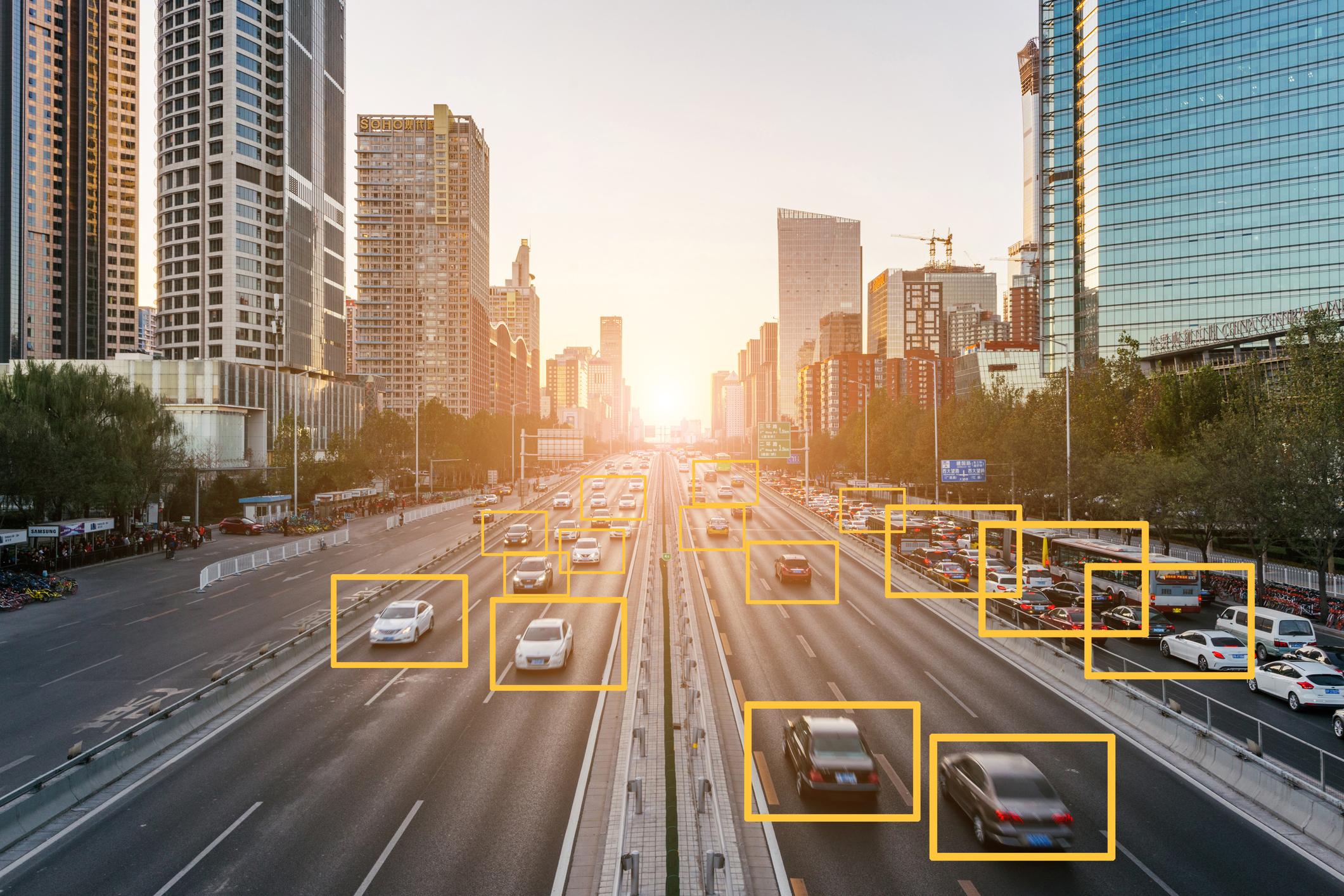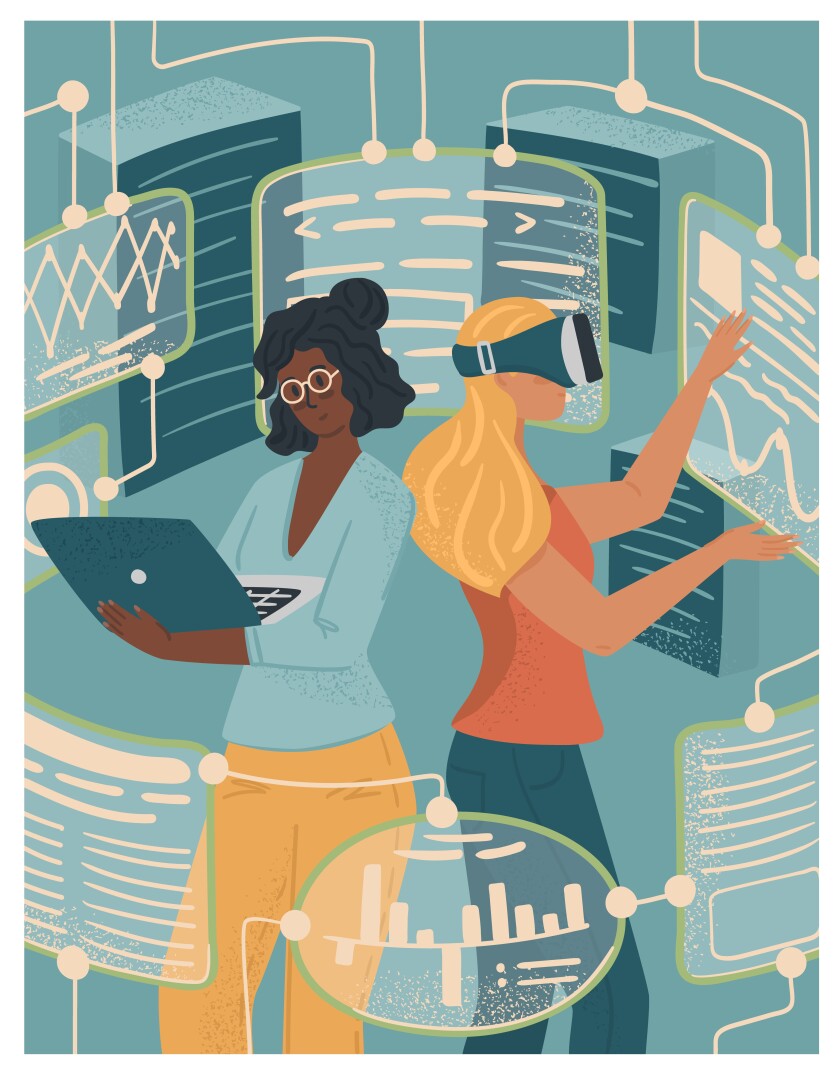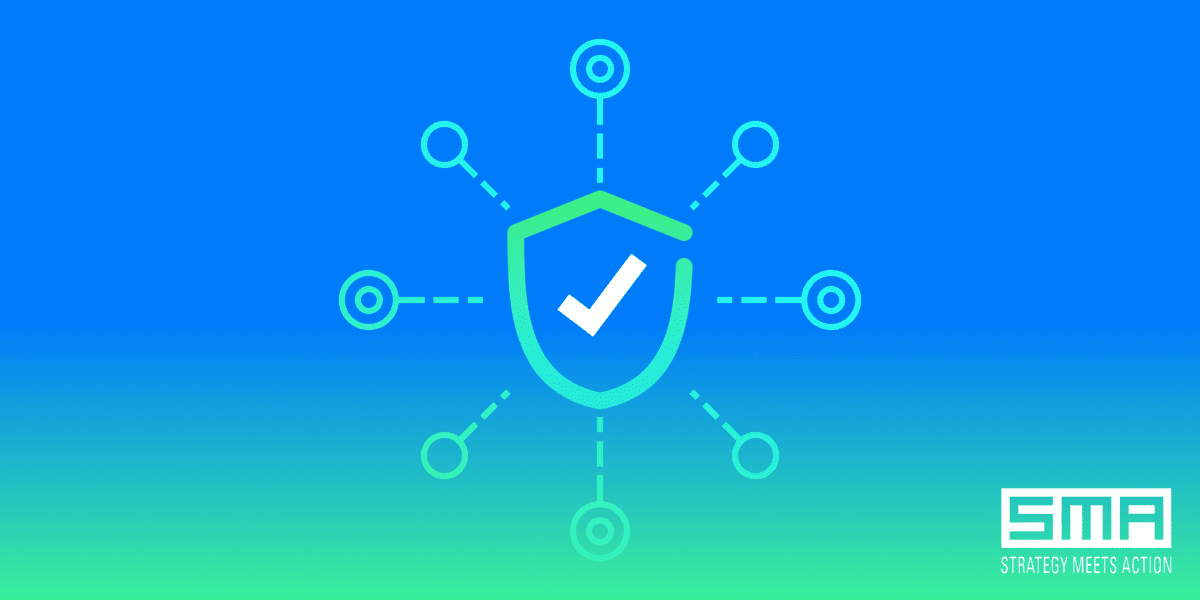omni:us AI Models
AI, when used effectively, can serve as a problem-solving tool. Hence, it is no wonder that many organizations have been looking to hop on board the AI bandwagon lately. At omni:us, we understand the need for AI in workflows, in order to attain a higher level of efficiency, and to eliminate any redundancies present. So, what makes omni:us’s products so revolutionary is our employment of various astutely chosen AI models to be implemented in our workflow. Here is a brief overview of some of the AI models that we are currently making use of:

Region Detection Model
The region detection model is used to identify and mark the locations of a single or repeated region where texts are contained within the regions. By doing so, we are able to recognize the regions of interest, based on our customers’ business domains, and eventually, further on in our separate text extraction processes, collate the texts present in those regions. At the moment, we are utilizing Squeezedet, an open-source object detection architecture. With this architecture, we are able to classify an image into a pre-defined group, as well as, the locations and classes of multiple objects within the image.
For more detailed information about Squeezedet, check out this post on our engineering blog:
Baseline Detection Model
This AI model involves identifying handwritten text in various angles spread across documents, by drawing a baseline under the handwritten texts present in the document. It allows us to identify the angle that the text is written in, if not a straight line, as well as, where within the document the words are. By being aware of the location of these words within the document, we are also able to identify what the contents of these baselines are, i.e. after noticing where in the document the addresses usually occur, the model deduces that pattern and identifies that.
Handwritten Text Recognition (HTR)
The use of HTR has improved on the baseline detection module and has also ensured a better performance of it. With this AI model, we also have the benefit of transcribing handwritten text into electronic text. Simultaneously, we utilize OCR (Optical Character Recognition) when extracting texts from documents, which has worked perfectly. However, OCR is limited to printed text – it is pivotal in electronically converting printed text, but when it comes to handwritten texts on documents, OCR fails to provide the same accurate results that HTR is capable of. This introduction of HTR has boosted our abilities in extracting information from documents, as well as, the performance of the other AI models that we currently use.
These are just a few of the AI models that omni:us is using at the moment, and there are far more that we are currently utilizing as well. We’ve seen a significant increase in efficiency, thanks to the consistent tweaks and improvements we have been gradually making on these AI models. With the planned potential incorporation of more AI models into our workflow, there are bound to be more revolutionary accomplishments we can look forward to.
______________________
Check out how investors see AI tackling enterprise problems in our recent interview article with Krishna Visvanathan.
Read more about how we are tackling insurance business problems with omni:us Policy and omni:us Claim
image credit: iStock.com/Wenjie Dong
Blog

